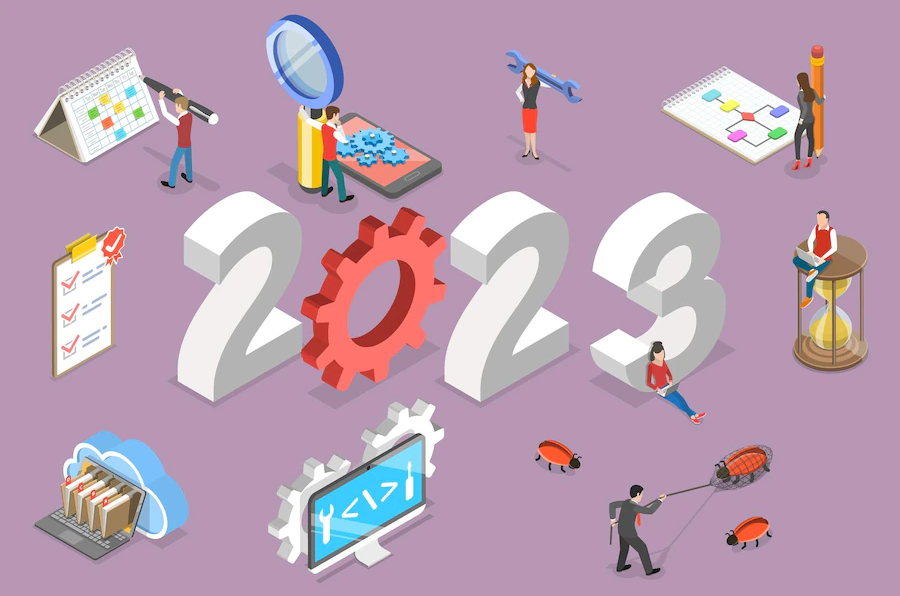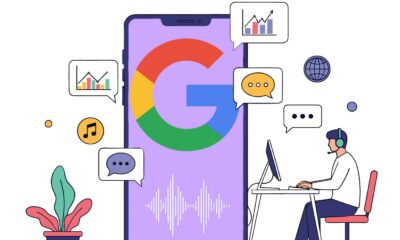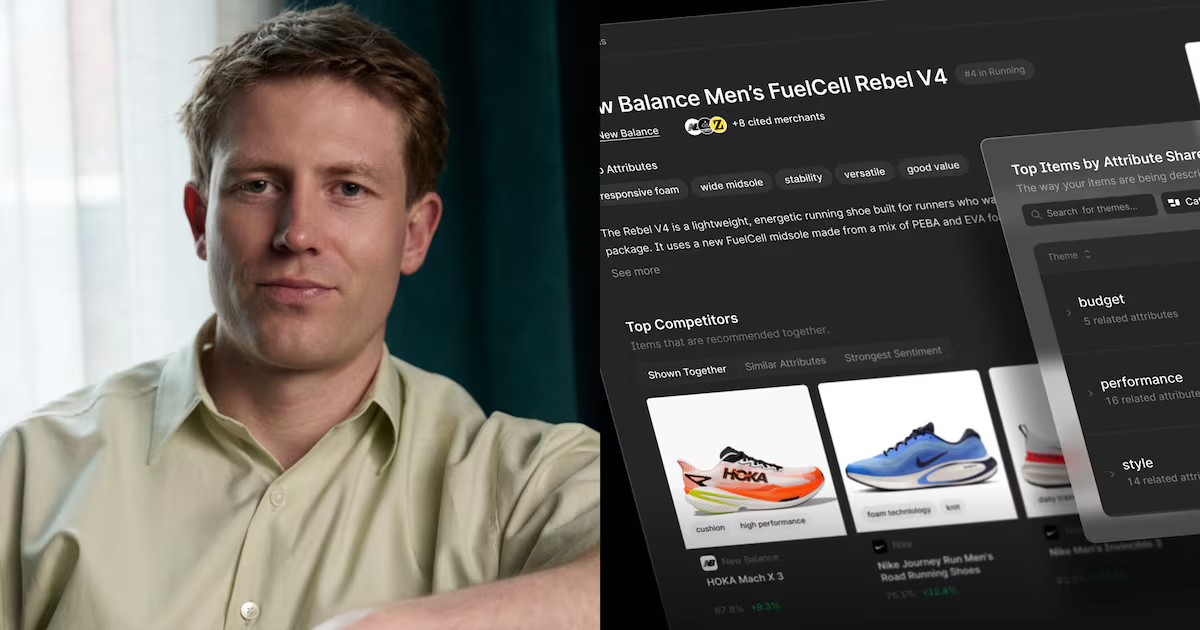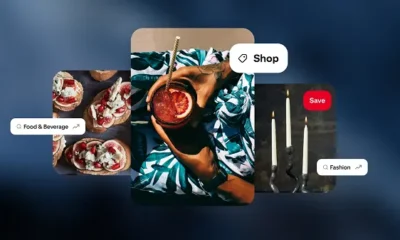MARKETING
4 Tips For a Better Lifecycle Marketing Strategy

Lifecycle marketing is a customer-centric approach that businesses use to nurture their leads and customers throughout the entire buyer’s journey.
The lifecycle marketing strategy starts with attracting strangers and ends with delighting promoters. Each stage of the life cycle has different goals, strategies, and metrics. The goal of the lifecycle marketing strategy is to move leads and customers through the funnel until they eventually become promoters of your business.
Four tips for creating a better lifecycle marketing strategy
Define your lifecycle stages
There are numerous lifecycle marketing strategies that you can use to increase lead generation and retain your customers. However, before you can implement any lifecycle marketing campaigns, you need to first define your lifecycle stages. The most common lifecycle stages are Awareness, Interest, Decision, and Action. However, depending on your business, you may have additional lifecycle stages that are unique to your product or service.
Once you have defined your lifecycle stages, you can then begin to create lifecycle marketing campaigns that are tailored to each stage. For example, during the Awareness stage, you might use targeted ads and content marketing to introduce potential customers to your brand. During the Interest stage, you might provide incentives or discounts to encourage customers to learn more about your product or service. To make this stage even more successful, implement digital marketing tactics to attract more customers.
Map out the customer journey
By mapping out the various touchpoints and interactions that take place throughout the customer lifecycle, you can develop targeted strategies for each stage. Doing so will help ensure that your message is relevant and engaging and that your campaigns are driving ROI. In that matter, you can do an eCommerce PPC audit for your online shop to measure the efficiency of your ads.
Once you have mapped out the customer journey, you can tailor your marketing campaigns to each stage. For example, during the awareness stage, your goal should be to generate interest and educate prospects about your product or service. During the consideration stage, your goal should be to build trust and showcase the value of your offering. And during the purchase stage, your goal should be to close the deal and provide a seamless buying experience.
Create targeted content for each stage
Creating targeted content is essential in order to keep your customers engaged throughout the lifecycle. For example, during the awareness stage, your content should be focused on education and building trust with your audience. During the consideration stage, your content should highlight the features and benefits of your product or service. And finally, during the decision stage, your content should aim to close the sale and encourage customer loyalty. You may need to share video content on how to use your 2d animation software; in other cases, create a blog post about your educational software.
Implement automation and tracking
One of the most effective ways to ensure that your marketing campaigns are successful is to implement automation and tracking from the start. By doing so, you can more easily monitor and adjust your lifecycle marketing strategies as needed. Automation can help you to keep track of customer behavior and engagement while tracking allows you to see which tactics are most effective at each stage of the customer journey. Additionally, using both automation and tracking can help you to identify opportunities for further optimization and improvement. When used together, these tools can give you a significant advantage in achieving your marketing goals. In this journey, you may find out that to reach your goals, you may need to implement monolithic architectures in your software development process.
Provide excellent customer service
Creating a positive customer experience is another important part of providing excellent customer service. A positive customer experience is about more than just providing good customer service – it’s about creating an experience that goes above and beyond the customer’s expectations. This can be achieved by providing personalized service, offering incentives, and providing solutions that address customer needs. Creating a positive customer experience can also be achieved by taking a proactive approach to customer service – anticipating customer needs and issues and providing solutions before they arise. Don’t hesitate to hire young talent who wants to become a project manager and customer service representatives, and invite them to join your team and help your company to accomplish your business goals.
Personalize customer experience
Personalizing customer experience is a key factor in achieving success as a business. In order to maximize the effectiveness of your lifecycle marketing strategy, it is important to understand how to personalize the customer experience.
To start, you need to develop a customer-centric approach. This means focusing on the customer first and understanding their needs, wants, and expectations. It also means providing personalized customer experiences based on their preferences and behaviors. One way to achieve this is by collecting customer feedback at different points in the customer journey. This will allow you to gain insights into what customers are looking for and how you can provide a better experience for them.
Finally, it is important to ensure that your customer service teams are equipped to handle customer inquiries and complaints in a timely and efficient manner. By providing a personalized customer experience, you can create a better experience for customers, which can ultimately lead to increased customer loyalty and retention. Consider outsourcing customer support to enable 24/7 customer communication channels for your business without breaking the bank.
Gather valuable feedback
Here are some tips on how to gather valuable feedback for your next lifecycle marketing strategy:
- Use surveys – Surveys are an effective way to gather feedback from your customers. Use surveys to ask customers questions about their experience with your product or service and solicit their opinion on how you can improve.
- Offer incentives – People are more likely to respond to surveys if there is an incentive to do so. Consider offering a discount or free product as an incentive for completing your survey.
- Listen to your customers – Listen to your customer’s feedback and take their comments seriously. Open up a dialogue with them to learn more about their needs and expectations and use this information to improve your marketing strategy.
After collecting feedback, make informed decisions. It can guide you through creating a real estate chatbot for your real estate website and, in other cases, create an upgraded version of your app.
Determine customer communication style
One way to determine customer communication style is to look at their current behavior. If customers are responding to emails or social media messages, that’s a good indication that they prefer those two channels. Or, if customers are more likely to call your customer service team, then that could mean that they prefer talking on the phone or via video chat.
You can also look at customer surveys to see how customers prefer to communicate. If a customer leaves feedback about wanting more options for communication, you can use that as a clue as to how they like to be reached.
Finally, you can use AI-driven tools to determine customer communication styles. AI-based software can analyze customer behavior and patterns to identify communication preferences. This can be a great way to get accurate insights into how customers like to interact with your business.
Conclusion
By using lifecycle marketing strategies, businesses can better nurture their leads and customers, resulting in more conversions and higher customer lifetime value.

















